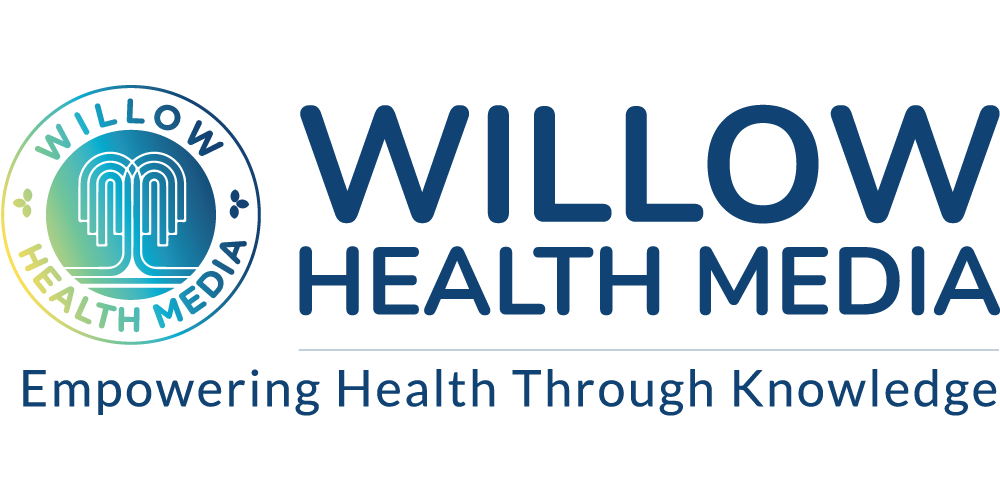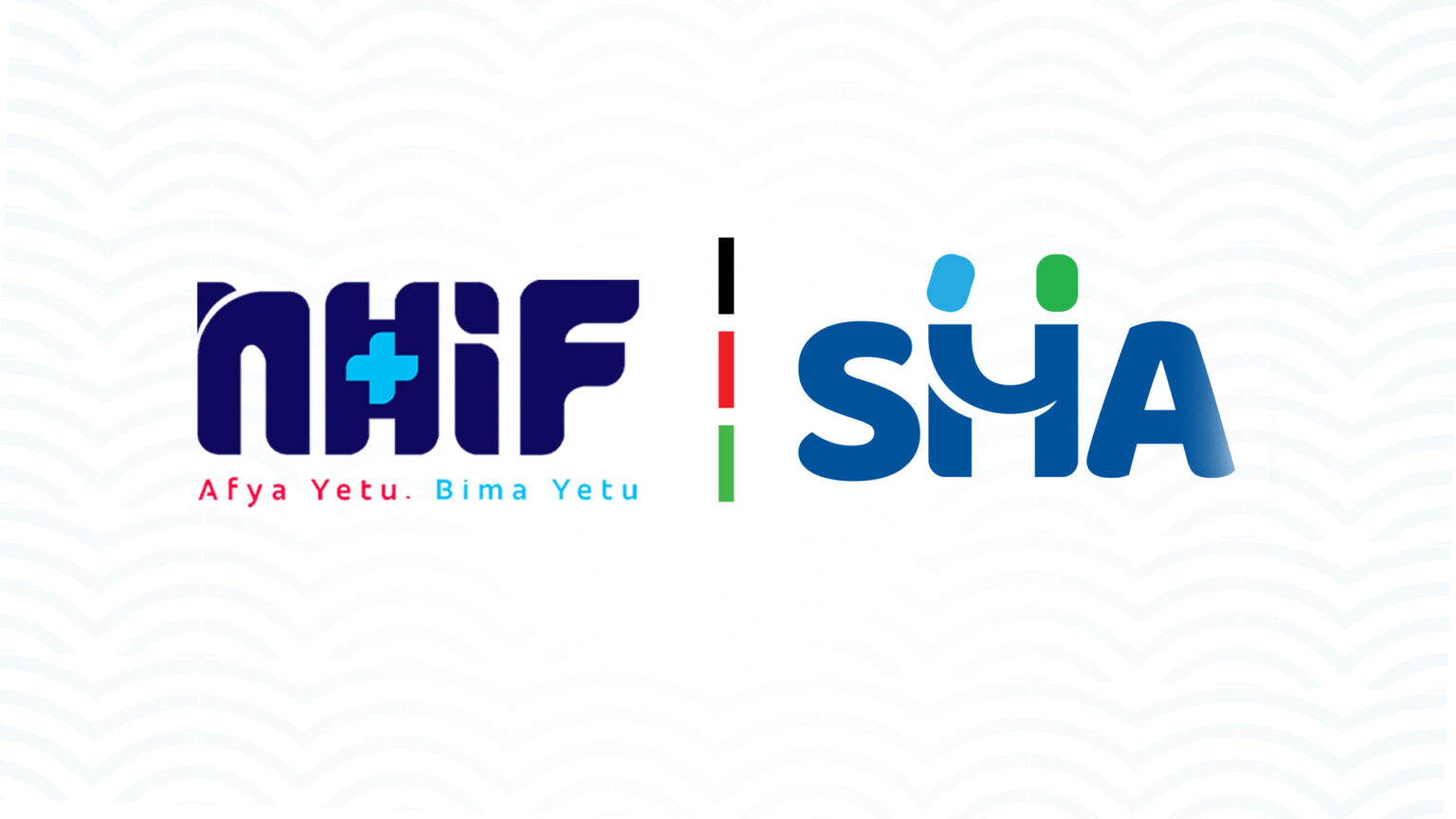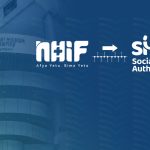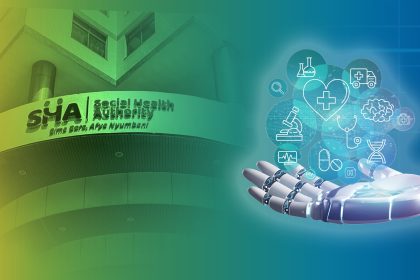By Rose Mukonyo
| SHA | NHIF |
| Membership is compulsory for all Kenyans and residents living in Kenya. | Membership was through voluntary payment. |
| Contributions pegged at 2.75% of gross income for individual members. Non-salaried households to pay 2.75% of their income annually, with a minimum contribution of KSh300 per month. | Contributions based on a flat rate set by NHIF, with salaried employees paying between KSh150 minimum and KSh1,700 maximum depending on salary. Self-employed contributors paid KSh500 per month. |
| Contributions submitted annually. | Contributions submitted monthly. |
| Financed through membership contributions, government funding, gifts, and donations. | Financed through membership contributions only. |
| Does not have specialized schemes. All services will be provided under three funds namely the Social Health Insurance Fund, Primary Health Care Fund, and Emergency, Chronic and Critical Illness Fund. | Had 91 schemes providing different benefit packages to different categories of members. |
Differences between SHA and NHIF benefits
| Benefit category | SHA benefits | NHIF benefits |
| Overall access | Kenyans can access primary health services and emergency treatment by just registering as a member. | To access all its benefits, one had to not only register, but also be a fully paid-up member. |
| Focus on preventive, promotive, curative rehabilitative and palliative care. | Focus more on curative and rehabilitative care. | |
| High reimbursement rates for health care facilities. Projected to increase patient volumes and economies of scale. | Low reimbursement rates for health care facilities due to the smaller scale of coverage since NHIF was for paid-up members only; economies of scale were not fully realized. | |
| Outpatient care | Broader range of outpatient services with focus on comprehensive care, management of chronic conditions and preventive care. Outpatient services accessible to all Social Health Authority members irrespective of their premium payment status under the Primary healthcare Fund. | Services were only available exclusively to NHIF members with up-to-date payments. |
| Includes cover for essential diagnostic and laboratory investigations for diabetes, hypertension, sickle cell disease and Chronic obstructive pulmonary disease (COPD) including asthma. | Limited cover for patients with chronic conditions. | |
| Inpatient care | Per-day rate standardized across hospitals according to their Kenya Essential Package for Health (KEPH) level, with an increased per-day rate of 12% across all hospitals. This approach enhances access by providing higher per day rebate amounts for hospitals previously classified as high-cost facilities. | Cover included management of diseases during hospital admission in a ward bed, critical care unit or palliative care unit. The provider payment mechanism differed among hospitals with significantly lower per-day rebates for high-cost facilities |
| Maternity, new-born and child health services | All deliveries covered and paid for by SHA, with every mother accessing insurance through full membership in SHIF. All expectant mothers covered including underage and indigent mothers. | Antenatal care visits were limited to four visits, while postnatal care visits were limited to two visits. |
| Linda Mama to pay for a normal delivery at KSh10,000 and caesarean delivery at KSh30,000. No out-of pocket payments for deliveries without complications. | Linda Mama reimbursed between KSh2,500 to KSh5,000 for both normal and Caesarean deliveries in public hospitals; while private and faith-based hospitals were reimbursed between KSh3,500 to KSh17,000 respectively. Mothers forced to co-pay out of pocket in some hospital facilities. | |
| Renal care services | Dialysis cover expanded to include a three-monthly injection, and routine laboratory investigations including full haemogram and blood glucose | Dialysis was covered with a limit of two sessions per week per patient. |
| SHA to pay KSh85,200 for peritoneal dialysis. | NHIF paid KSh76,000 for peritoneal dialysis, with patients paying KSh9,200 out of pocket for every monthly session. | |
| Rehabilitation services for drugs and substance addiction | SHA will pay KSh67,200 for patients’ rehabilitation for drugs and substance abuse package. | NHIF paid KSh60,000 for detoxification and rehabilitation for drugs and substance abuse only upon admission in a rehabilitation facility. Other additional expenses were paid out of pocket. |
| Haematology and oncology services | SHA will provide a limit of KSh400,000 per patient per year to be accessed on a reducing balance basis, without limits to the number of sessions. | The access rules were limited in terms of amount and sessions accessible per year. |
| Approvals for treatment will be standardized as they will be guided by the treatment care plan prescribed by the oncologist | The treatment plan was solely guided by the treating doctor’s request, hence not standardized. | |
| Surgical services | Surgical tariffs have been standardized across all healthcare providers. Hospitals previously classified as high-cost facilities will receive higher surgical tariffs, and patients will now have access to these facilities. | Surgical tariffs were limited to public and other private and faith-based comprehensively contracted facilities. This limited access to surgical procedures in hospitals classified as high-cost facilities. |
| Optical services | SHA enhanced cover includes eye health education and counselling, eye examinations, basic eye medications, and corrective eyeglasses. | NHIF only covered eye surgical procedures. |
| Cancer screening services | SHA will cover diagnosis, treatment and screening of common cancers including breast, colon, cervical and prostate cancer. | NHIF did not cover cancer diagnosis; it only covered screening and treatment. |
| Dental services | SHA to cover the cost of consultation, preventive, and restorative treatments such as extractions, scaling, and management of infections. | NHIF only provided dental cover benefits for members in enhances schemes such as civil servants. |
| Overseas treatment | SHA will empanel and contract foreign health care providers and negotiate treatment costs to enhance affordability for members seeking treatment abroad. Services that are accessible locally, such as knee-replacement surgery, hip-replacement surgery and kidney transplant, among others, will be fully covered by SHA in local health care facilities, ending the need to seek the services abroad. | NHIF reimbursed up to KSh500,000 for overseas treatment, which was subject to approval. NHIF reimbursed overseas treatment for some services that are accessible locally, such as knee-replacement surgery. |
| Palliative care | SHA will contract stand-alone nursing homes and hospices to enhance the quality of life for patients with serious chronic or life-threatening illnesses. | Palliative care was only limited to hospitals with palliative care units. |
| Emergency treatment and evacuation services | Everyone involved in an accident or sudden health threat will access emergency treatment regardless of registration or payment status. This will be covered by SHA through the Emergency, Chronic and Critical Illness Fund. Evacuation by ambulance from the point of the incident to the nearest facility with an Accident and Emergency centre and the transfer of patients requiring emergency and further clinical care between facilities will be accessible by all Kenyans irrespective or registration or payment status. | NHIF did not cover ambulance evacuation and emergency services except to registered and paid-up members. Patients had to pay out-of-pocket to refund services. Road evacuation had been suspended for the past two years due to the limited resource pool and unsustainability of the cover. |
| Assistive devices | Patients with permanent physical and/or sensory disabilities will be provided with the necessary assistive devices. Coverage extends to progressive chronic conditions. | Services were available only to registered and paid-up members, and did not cover chronic conditions. |
